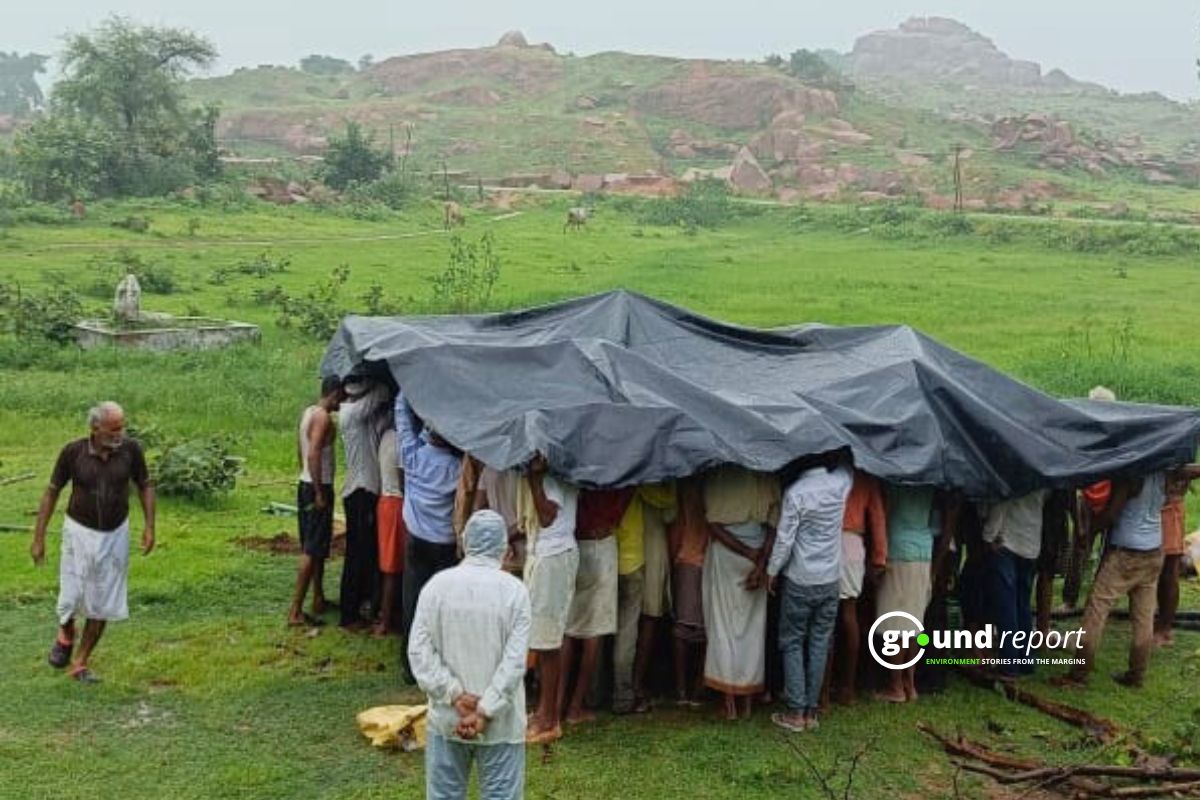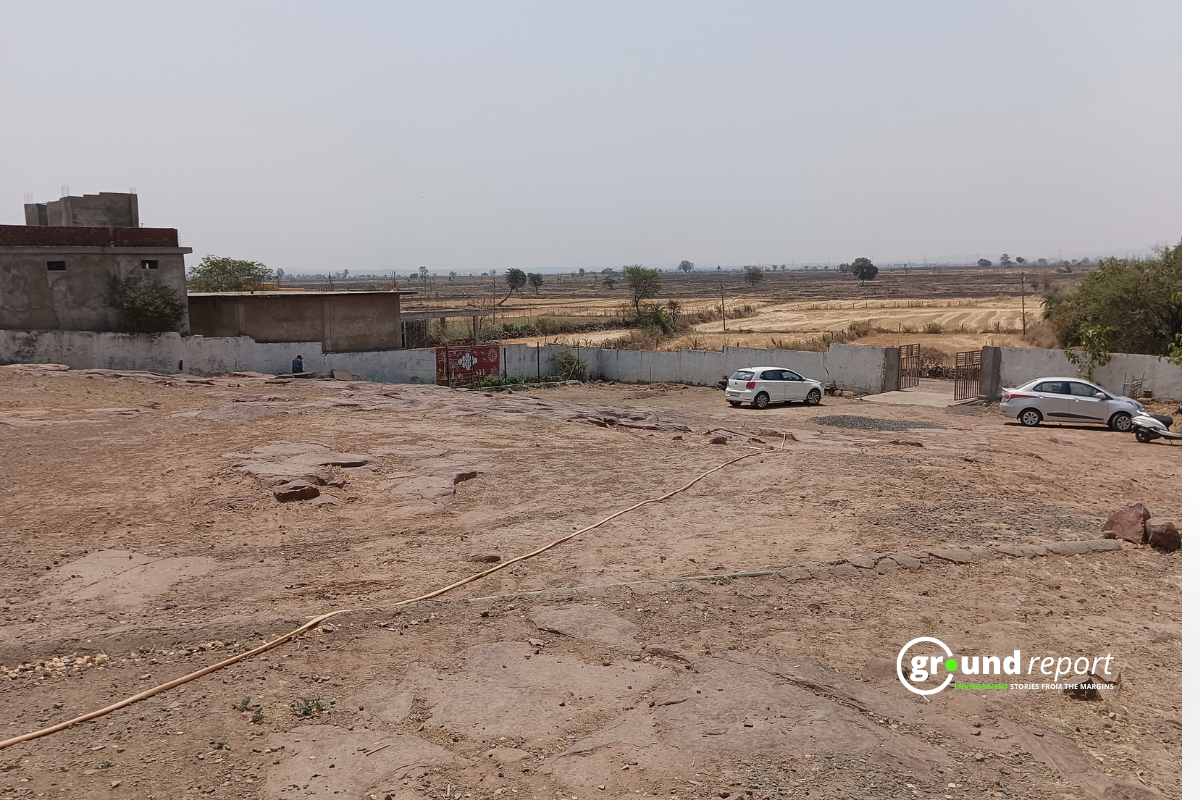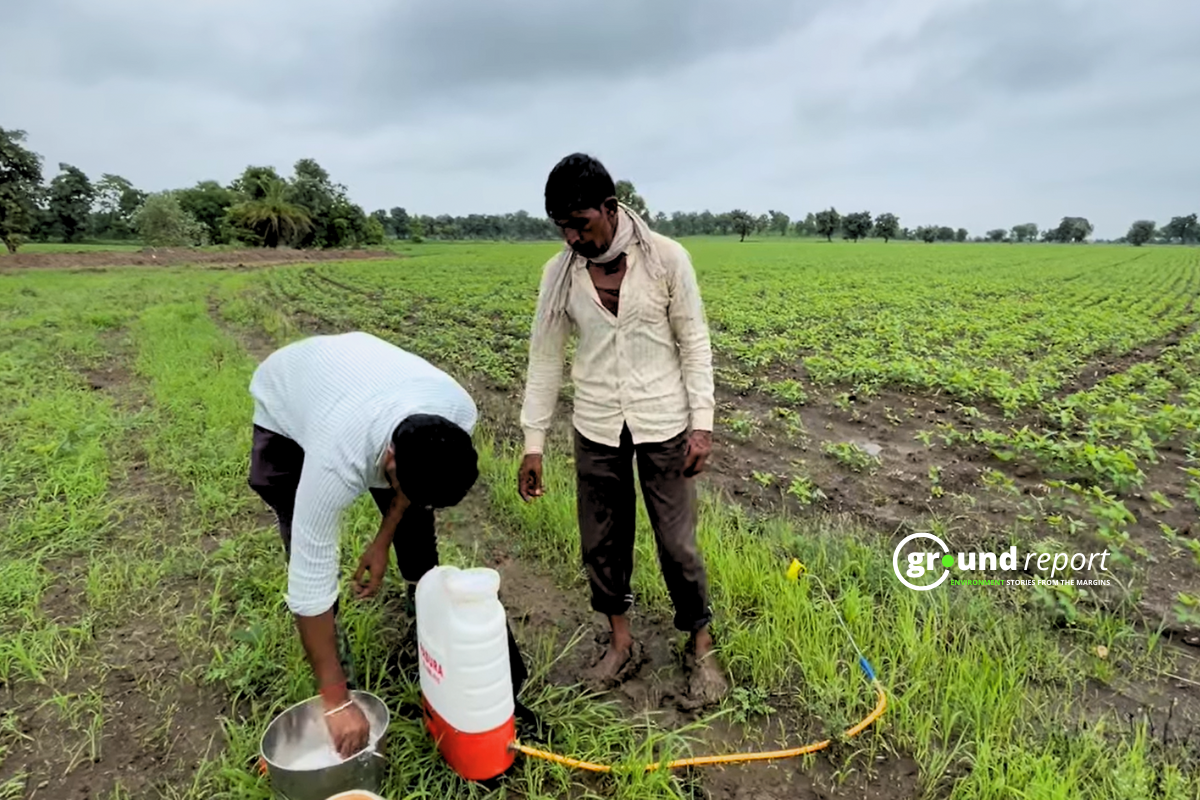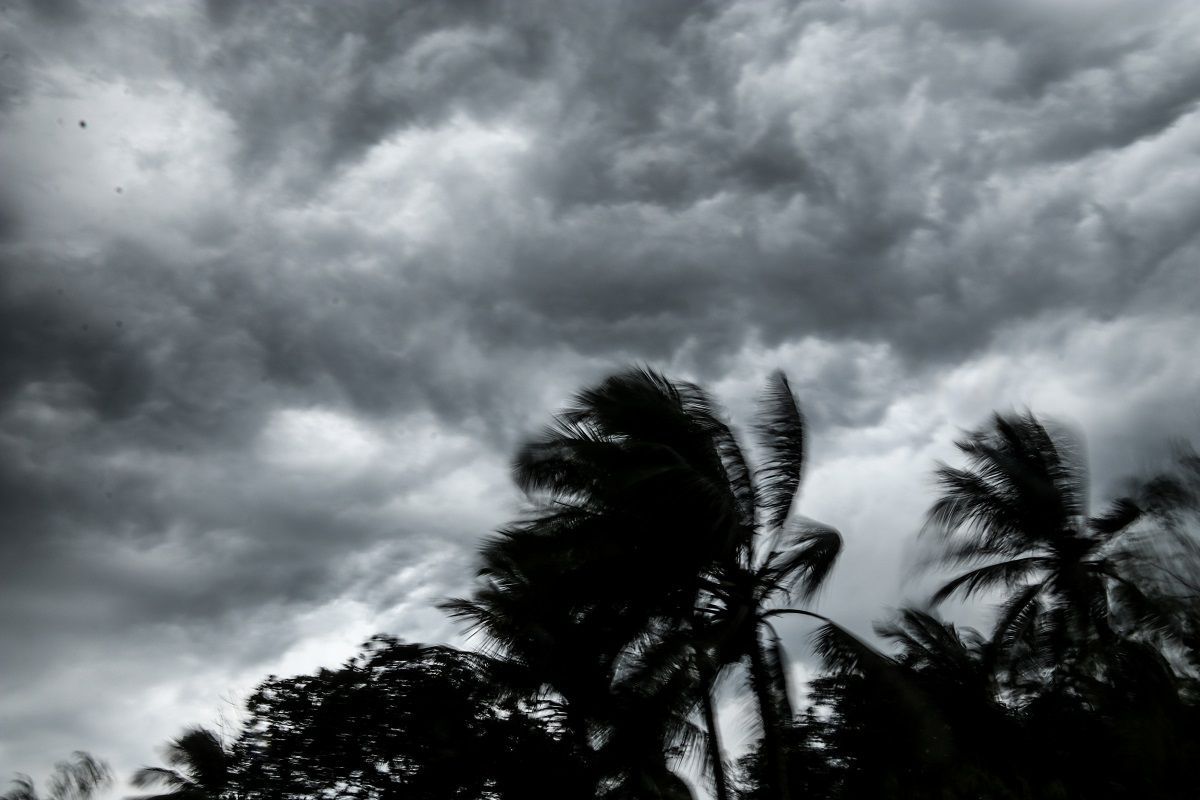Union Minister of State for Technology and Earth Sciences Jitendra Singh in the Lok Sabha said that studies related to melting glaciers in the Himalayan region of India are being conducted continuously. The government also maintains its figures. The glaciers are monitored through studies carried out by different institutions, universities, the Geological Survey of India (GSI), the Wadia Institute of Himalayan Geology, etc. in India.
The Center has carried out various studies and maintains data on the melting of Himalayan glaciers. These studies revealed that the average rate of contraction of the Hindu Kush Himalayan glaciers is about 14.9 or 15.1 m per year, varying from 12.7 to 13.2 m per year in the Indus, from 15.5 to 14.4 m per year in the Ganges and from 20.2 to 19.7 m per year. year in the Brahmaputra river basin.
Thus, a comparatively very slight variation in the length of the Karakoram region glaciers of around -1.37 to 22.8 m per year has been observed, indicating stable conditions.
The Ministry of Earth Sciences, through its National Center for Polar and Ocean Research, has been monitoring six glaciers in the Chandra Basin in the western Himalayas, 2,437 square kilometers in size, since 2013. A state of the art field research station called ‘Himansh’ has been established in Chandra Basin for conducting field experiments and expeditions on glaciers, operating since 2016.
From the years 2013 to 2020, the annual mass balance of its melting rate was found to have been in the range of -0.3 to 0.06 meters per year. Similarly, between 2000 and 2011, Baspa basin glaciers showed an average annual mass reduction rate of about 50 to 11 meters and an average annual mass reduction of about -1.09 to 0.32.
The Geological Survey of India (GSI) has carried out studies on glacial melting by assessing the mass balance on 9 glaciers as well as monitoring the depletion or enlargement of 76 glaciers in the Himalayan region. Most of the Himalayan glaciers are estimated to be melting in different regions and shrinking at different rates in different regions.
Glacial melting has a significant impact on the water resources of Himalayan rivers due to changes in glacier basin hydrology, downstream water balance, and impact on hydroelectric power stations due to variation in discharge, flash floods and sedimentation. They also increase the risk related to glacier hazards due to the increased number and volume of glacial lakes, accelerated outburst floods and glacial lake outburst floods (GLOFs), and impact on agricultural practices in the upper Himalayan region, etc.
The Divecha Center for Climate Change, IISc Bangalore, under the auspices of DST, investigated the Satluj river basin and reported that there will be an increase in the contribution of glacial melt until the middle of the century and then there will be a decrease. Numerous small glaciers located in the low-lying region of the Satluj Basin indicate a significant loss in area until mid-century, creating a water shortage during the summer dry season.
Some glaciers in Uttarakhand are being monitored by the Wadia Institute of Himalayan Geology. Monitoring has shown that the Dokariani Glacier in the Bhagirathi Basin has been shrinking at a rate of 15 to 20 m per year since 1995, while the Chorabari Glacier in the Mandakini Basin is shrinking at a rate of 9 to 11 m per year. year from 2003 to 2017. .
The Durung-Drung and Pensilungpa glaciers are also being monitored by the Wadia Institute of Himalayan Geology in Suru Basin, Ladakh, which are shrinking at a rate of 12 m per year and around 5.6 m per year, respectively.
Glacial melting is a natural process and cannot be controlled. However, glacial melting increases risks related to glacial hazards. Various institutes, organizations and universities in India are monitoring the Himalayan glaciers using large-scale remote sensing data to assess calamities associated with melting.
Recently, the National Disaster Management Authority (NDMA) in collaboration with the Swiss Development Corporation (SDC), prepared the Guidelines, Compendium and Summary for policymakers on glacial lake outburst flood management (GLOF).
Support us to keep independent environmental journalism alive in India.
Keep Reading
MP farmers battle stray animals, sleepless nights to protect crops
Indore’s Pipliyahana Lake struggles to survive, even after conservation measures
Costliest water from Narmada is putting financial burden on Indore
Changing weather pattern impacts soybean crops in Dewas region of MP
Follow Ground Report on X, Instagram and Facebook for environmental and underreported stories from the margins. Give us feedback on our email id greport2018@gmail.com.
Don’t forget to Subscribe to our weekly newsletter, Join our community on WhatsApp, Follow our Youtube Channel for video stories.









